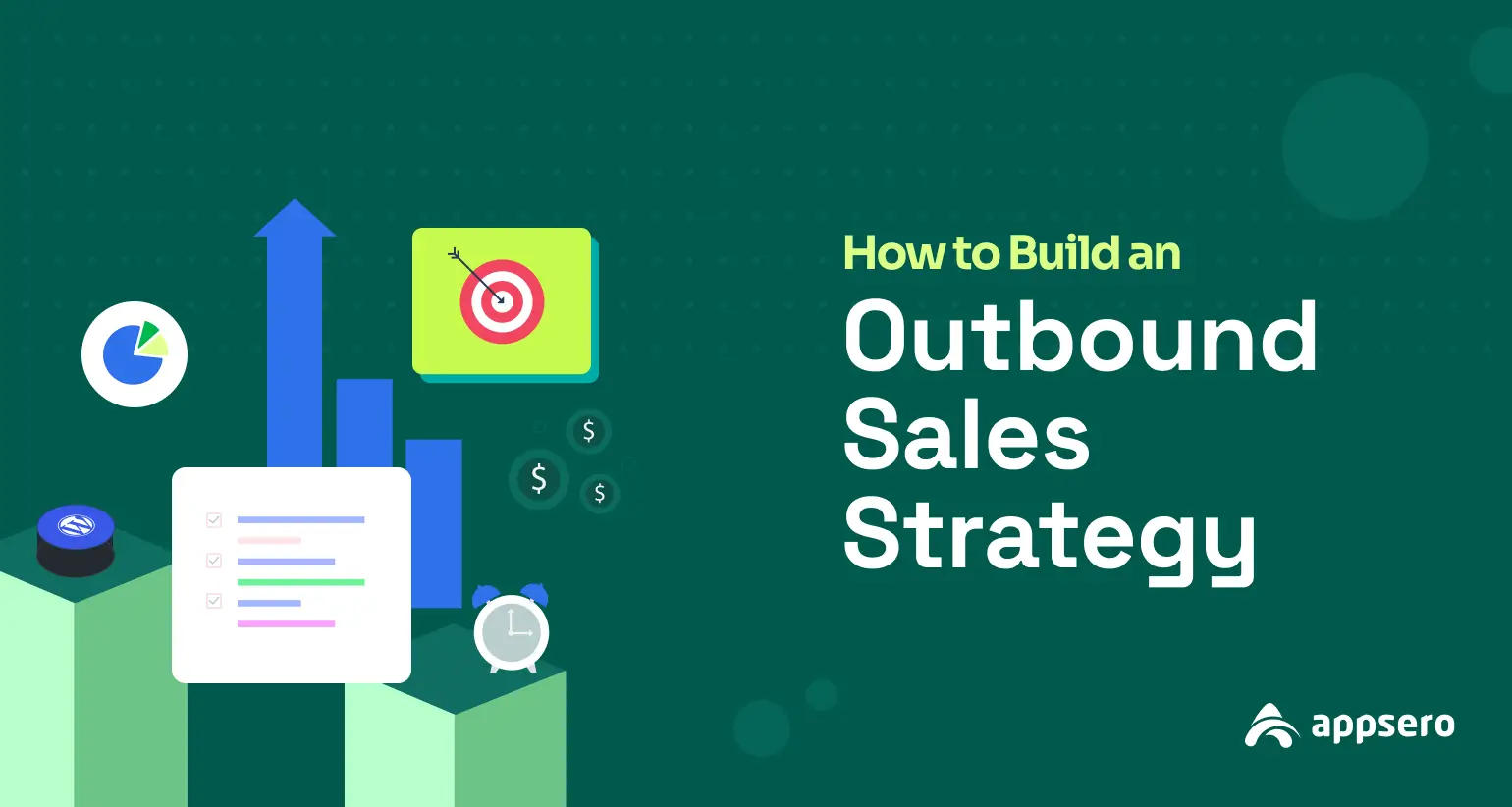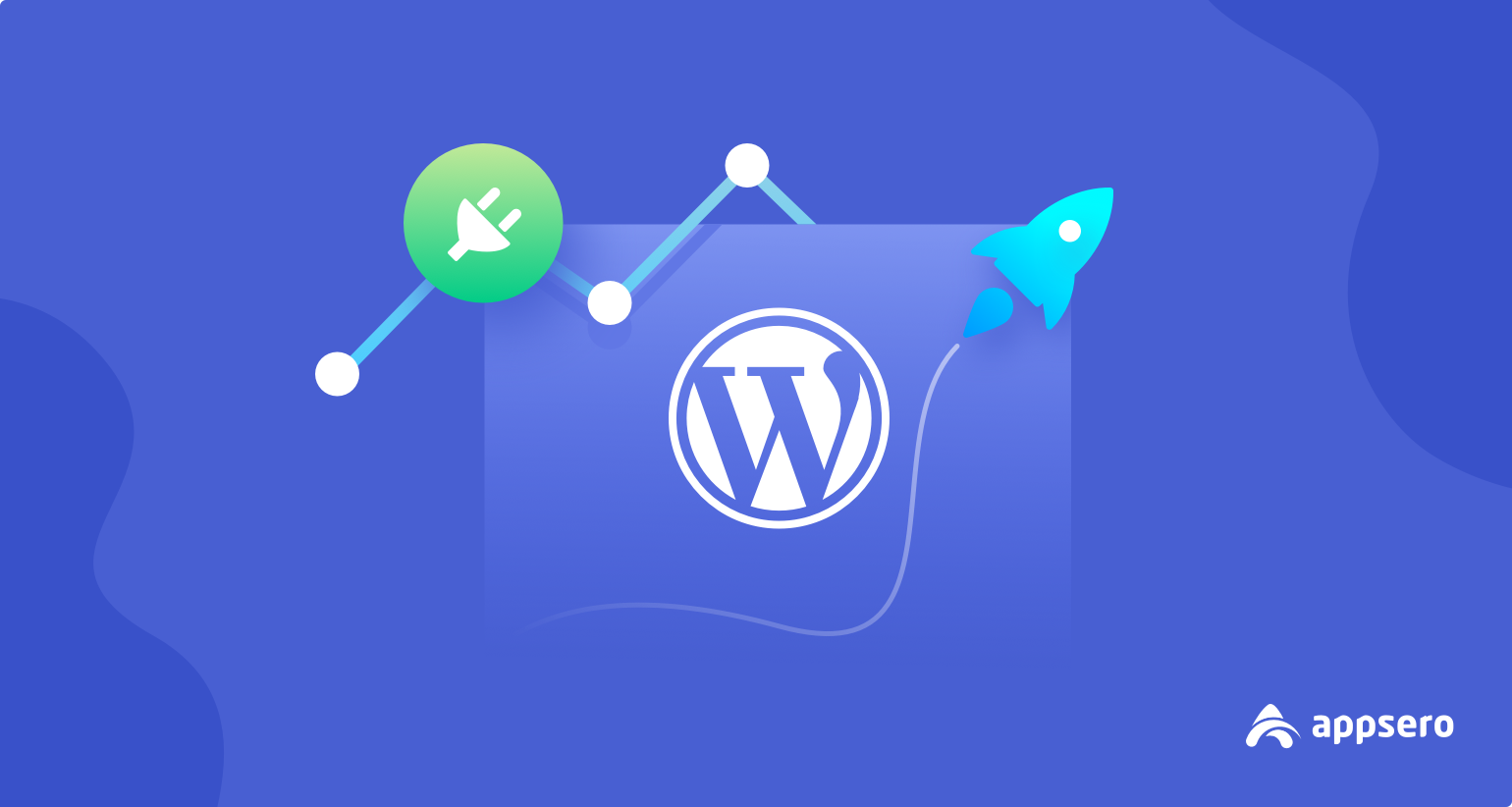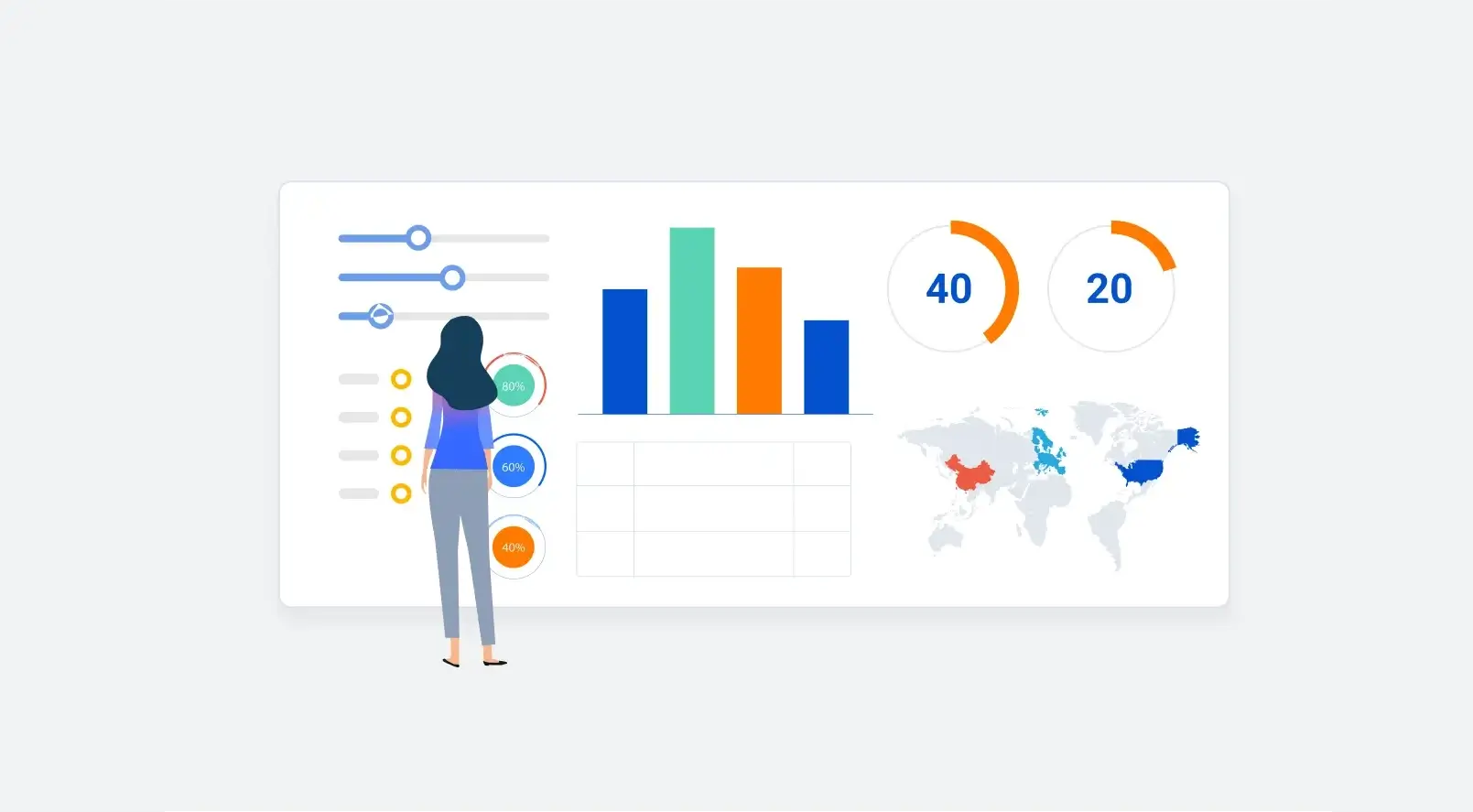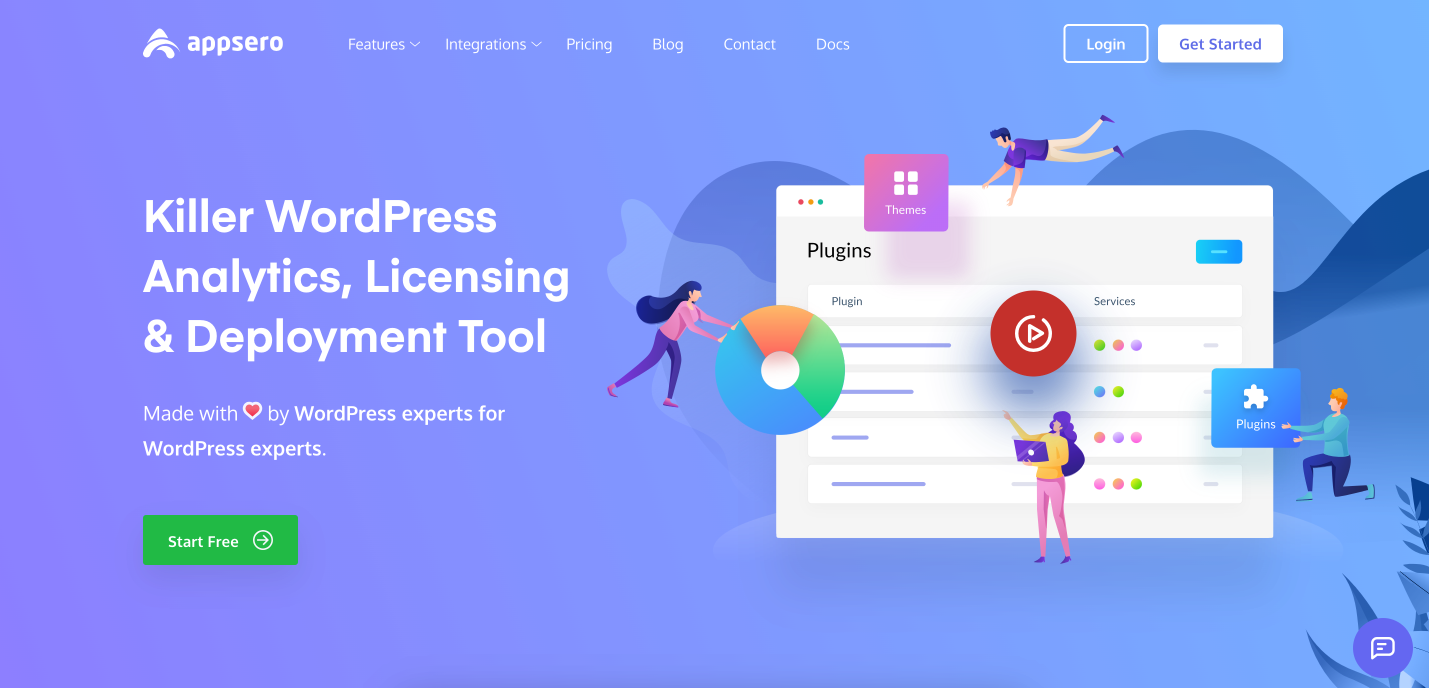
How to Build an Outbound Sales Strategy for WordPress Plugins and Themes
Having a great plugin or theme is just the beginning of tapping into the world of WordPress-based software businesses. Next, you need effective outbound sales strategies to ensure your themes and plugins reach the right set of audiences to generate the revenue you want.
In fact, outbound sales strategies are applicable most for digital products (themes & plugins). Because they present unique challenges that are different from physical products. In this article, we’ll cover a detailed guide on how to build an outbound sales strategy for WordPress plugins and themes.
No matter if you are a developer or marketer, you’ll find this post extremely helpful. Get started!
What Is Outbound Sales?
Outbound sales refers to a sales method in which representatives contact potential customers rather than wait for them to begin the first communication. This approach is usually ideal for businesses with narrow markets or customer segments where sales opportunities are challenging with the inbound method.
Instead of reaching all audiences at once, the sales team reaches a specific audience based on their research. Then, they discuss their pain points with audiences, explaining how their products solve these problems. Outbound sales results are easy to measure.
You can track your efforts via the number of calls you have made, emails sent, and conversion rates. Most businesses today use CRM and analytical tools, in this case, to track outbound sales performance.

Difference Between Outbound and Inbound Sales
Hope you have already understood that there are significant differences between outbound and inbound sales approaches. To make things clearer, we have summarized these differences in the table below. Take a quick look at them.
| Points | Outbound Sales | Inbound Sales |
| Initiation of Contact | Sales representatives reach potential customers and initiate the contact through cold calling, emailing, or direct messaging. | Customers themselves contact the business after visiting its website, content, or advertisement. |
| Lead Awareness | Leads may know nothing about the brand or the product. So, the sales team inform them about it. | Leads are already informed about the brand and products. |
| Engagement Level | May be difficult to reach customers at an early point as they’ll tend to be suspicious about your products/services. | It’s easy to engage customers as they usually initiate the conversation. |
| Sales Approach | Sells more conventionally using outreach and persuasive methods. | Focuses on relationship, trust, and value, using content and individualized communication to nurture prospects. |
| Measurement of Success | Measured by call volume, email outreach, and cold lead to customer conversion rate. | Measured by website traffic, content lead generation, and targeted lead conversion rate. |
Explore the best outbound sales tools.
Types of Outbound Sales Techniques
There are several types of outbound sales techniques followed by marketers worldwide. We’ve explained them in this section.
Type 01: Cold Calling
It involves making unsolicited phone calls to potential clients who need your products/services but haven’t heard of them yet. Cold calling aims to introduce people to your products, create interest, and arrange sales meetings. This approach is difficult because you may be rejected during the first contact.
Type 02: Email Outreach
In this process, sales representatives send customized messages to the email addresses of the targeted recipients. You can do this for first-time communication, follow-up, or nurturing leads. You can measure the success by tracking the email open, response, and engagement rates.
Type 03: Networking
Networking involves connecting with potential customers at events and conferences or via social media like LinkedIn. This strategy places a lot of emphasis on interpersonal connections and trust during the sale. Explore this guide on how to create a social networking site.
Type 04: Follow-Up Calls
If you get a positive response after the cold calling and email outreach, making follow-up phone calls could help take your engagement to the next level. However, follow-up calls should be timely and personalized according to the research you make on the audiences.
Type 05: Social Selling
Salespersons must post useful and engaging content on all the popular social media channels. This opens up the window for interested people to join in the discussion, creating a way for you to educate your potential customers and make them buy products.
How to Build an Outbound Sales Strategy: Step-by-Step
So now, how to build an outbound sales strategy for your respective products/services based on market research. We’ll explain it step-by-step in this section.
Step 01: Define Your Target Audience
Identifying target audiences is the first step in any marketing strategy build-up, including outbound strategy. It involves finding the exact customer base that is most likely to be interested in your products. It begins with demographics: age, gender, income, and location. You can also consider elements like psychographic interests, shopping behavior, and habits.
It’s better if you create a buyer persona. This is a semi-fictional representation of your ideal customer based on market research and information about your current customers. It helps pinpoint the target market based on their attributes, requirements, and pain points so you can better focus your marketing and sales efforts.

Step 02: Develop a Value Proposition
A strong value proposition describes precisely why customers should buy your products instead of their competitors. It should also explain what problems the products can solve. It needs to fit your buyer personas, focus on their pain points, and how your solution can make their experience better or their business more successful.
In order to develop a value proposition, first do a competitive analysis to find out what sets you apart from your competitors. Focus on the features and advantages unique to your themes and plugins, such as a high-quality design, ease of use, customer service, or special features.
Write a concise statement that captures these factors, making it understandable and aligned with your audience’s wants and motivations. Check this post on how to build a minimum viable product.
Step 03: Create a Prospecting List
Having a prospecting list can help profile and segment those potential buyers who would be a good fit for your WordPress themes and plugins. Start by utilizing multiple sources for lead information. For example, LinkedIn could be a helpful channel for plugin developers to target businesses and professionals in order to begin outreach efforts.
After gathering preliminary data, curate your list by repurposing prospects based on criteria that match your prospect audience. These might include company size, industry, location, and specific requirements related to your value proposition.

Third, constantly update and continue to maintain your prospecting list. This should include cleaning out old contacts, adding new leads, and documenting your interactions with prospects. By continually improving your prospecting list, you can improve your outreach and increase your chances of developing good customer relationships.
Step 04: Choose Your Outreach Channels
Selecting the correct outreach channels is important to maximizing your target audience and driving traffic to your WordPress themes and plugins. For instance, LinkedIn or a niche forum can work better than anything if your audience is technology professionals.
Email outreach can be targeted and easily tracked, and social media platforms can reach a more diverse group of people via organic and paid promotion. If calls are more straightforward, they might need a bit more subtlety to show you that you are taking the prospect’s time and preferences into consideration.
weMail is a great and feature-rich email marketing plugin for WordPress. It allows you to design/create, manage, and send email campaigns to a wide number of recepients directly from a single dashboard. You can segment email lists, use readymade templates, and automate emails separately to each segment. Using its built-in analytics, you can easily track the email bounce, open, and conversion rates.
Step 05: Craft Personalized Messaging
It is important to send customized messages to make sure your prospects are engaged and that they reply to you with positive responses. You can send these messages through email, LinkedIn, and popular social media platforms. According to research, personalized messages have an open rate of over 60%.
To do this, you’ll need to do keyword research into your leads and what pain points, interests, and pain points your WordPress themes and plugins can resolve. Then, write your outreach messages to each contact individually and not in a preset template.

Start with introducing the prospect by name and pointing out certain information about their company or sector related to your product. Lastly, tell them about how your products can help them or improve their business, and give them a very specific call to action to get started.
Step 06: Implement a Follow-Up Strategy
You must understand that it usually takes several touchpoints for people to finally decide on buying something. This is why a properly planned follow-up process is essential to continue the momentum and improve the chances of converting leads into customers for your WordPress themes and plugins.
Through proactive follow-up, you can do this successfully. This can be in the form of a few emails, calls, or social media posts over weeks or months, depending on how complex your products are and your audience. It’s better if you use a CRM plugin to track, record, and automate the follow-up.
Lastly, if there is any way to change the follow-up plan depending on your prospects, always be ready. And for this, you must be aware of your surroundings and carefully monitor the trends going around.
WP ERP is an enterprise resource management plugin. It has three main extensions. CRM is one of them. With this CRM extension of the plugin, you can enhance customer interaction, automate numerous tasks, and shoot up sales. You can consider this plugin for your outbound sales strategies.
Step 07: Utilize Sales Tools and Technology
The right set of sales tools and technologies is mandatory to maximise your outreach process, productivity, and the overall effectiveness of your WordPress theme and plugin sales process. With them, you can automate tasks, learn from data and deliver a more personalized and frictionless experience to your leads.
If programmed correctly, these tools can flawlessly centralize and manage customer data, monitor interactions, and automate sales activities. You can also schedule customized email campaigns and operate multi-channel activities from a single dashboard.
Step 08: Train Your Sales Team
Make sure your sales team has all the necessary resources available and confidence in them so they can reach out to customers and promote your WordPress themes and plugins well. To do this, you can train your employees and give them access to the premium versions of the necessary tools.
Start by explaining the key features, benefits, and selling points of your products. Also, let your customers know the buyer persona. This will help your sales team have the right conversations with the customers and satisfy them by demonstrating how your products can benefit them.
It’s better if you maintain a comprehensive knowledge base covering DIY documentation posts of your themes and plugins. This will enable new sales team members to have details about your products themselves. You don’t have to invest additional time for them.
weDocs is a wonderful documentation plugin. With this, you can create, manage, and organize documentation posts effectively and build a searchable knowledge base. You can organize them by categorizes so people can easily navigate to the ones they need. It includes a AI-powered chatbot that instantly answers to user queries based on the information you have store in the knowledge base.
Documentation posts created with the weDocs plugin works perfectly well on all device types. weDevs is the company behind the development of the plugin that promises to provide all sorts of supports you need in operating this plugin.
Step 09: Monitor and Analyze Performance

Monitoring and evaluating the results of your outbound sales process for WordPress themes and plugins is very important to see what works and what doesn’t. If you keep an eye on the key metrics and sales data, you can make better decisions, tweak your strategy, and reap the maximum ROI from your sales.
First, define KPIs corresponding to your total sales goals. For example, outreach touchpoints, lead conversion rates, average deal size, or total revenue generated. Review this data frequently so that you know how well your messaging works, your audiences engage, and your sales team perform.
With the data, tweak your sales strategy, adjust your strategies, and allocate your resources better. This might include optimizing your outreach messaging, re-purposing your prospecting or training and assisting your sales reps.
Step 10: Refine Your Strategy Based on Feedback
According to the feedbacks you receive in the above step, you may have to update your outbound sales strategy. This may involve updating your target audience, re-purposing your prospecting, messaging and value propositions, sales collateral, or even training and coaching your sales team.
By integrating feedback and making data-based decisions regularly, you’ll be able to keep your outbound sales process fast, efficient, and flexible enough to meet the needs of your WordPress theme and plugin customers.
Use Appsero to License and Manage Your WordPress Products (Plugins & Themes)

Appsero is a promising license management solution for WordPress. It allows you to create licenses for themes and plugins, ensuring that only authorized users have access to the products. Whenever a plugin is sold, you can instantly create a new license and manage its renewals and expirations. These features are mandatory to protect your intellectual property so you can make revenue by selling them.
In addition to these, you can easily deploy new versions of the themes and plugins to GitHub and the respective repositories where you are hosting them. Explore the Appsero homepage to learn more about this plugin.
Closing Up!
Developing a detailed outbound sales strategy is unavoidable if you really want to drive the success of your WordPress plugin and theme business. Without proper planning and execution, you can never reach target audiences and convert them into your customers.
The steps outlined in this post provide a comprehensive roadmap for building a robust and effective outbound sales approach. Embracing this holistic approach will not only help you stand out but also meet your sales target and grow revenue as expected.
If you love this article, please let us know through the comments section below. It will inspire us to write more helpful articles for you in the future.
Subscribe To Our Newsletter
Don’t miss any updates of our new templates and extensions
and all the astonishing offers we bring for you.



